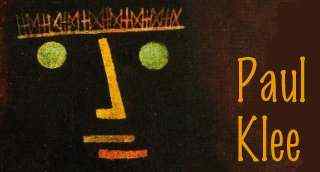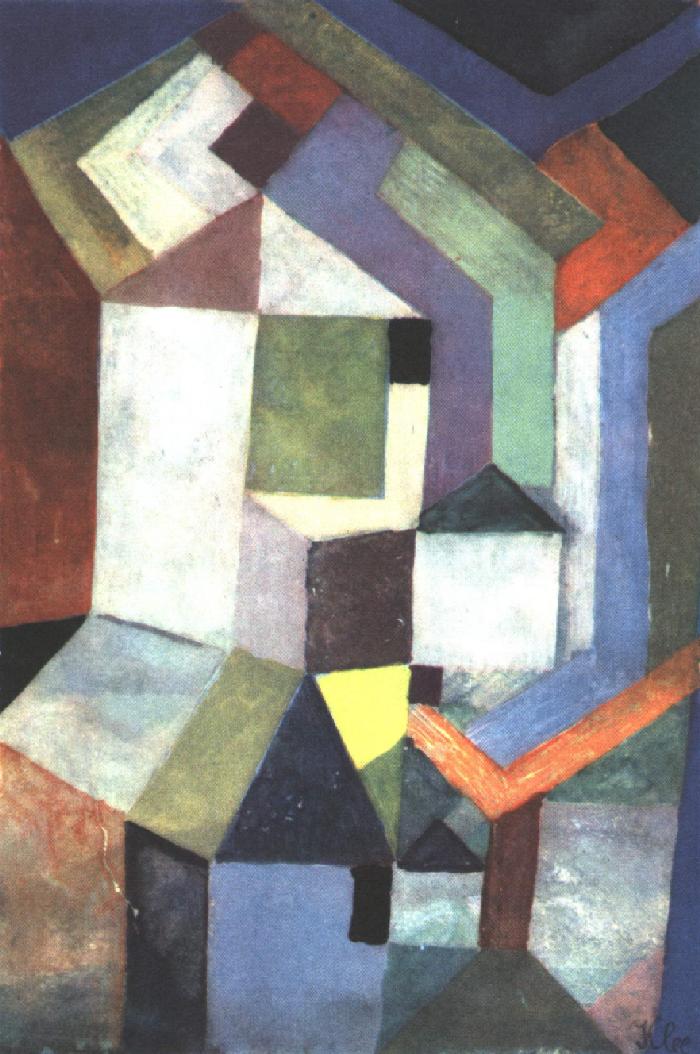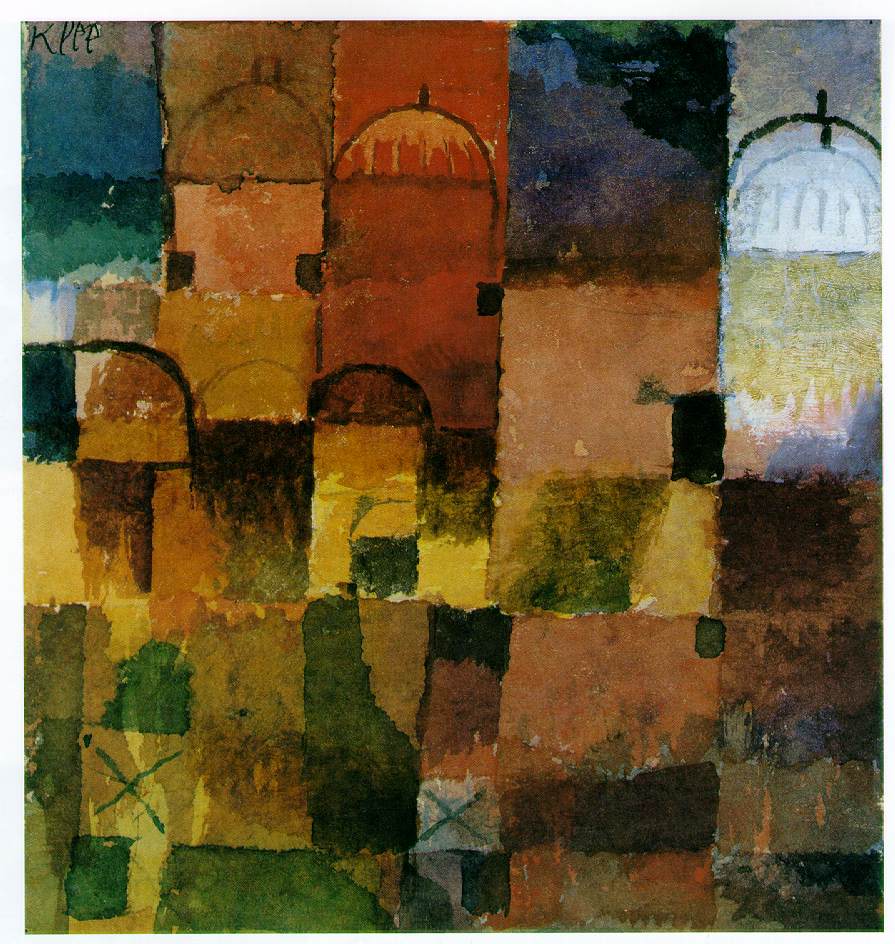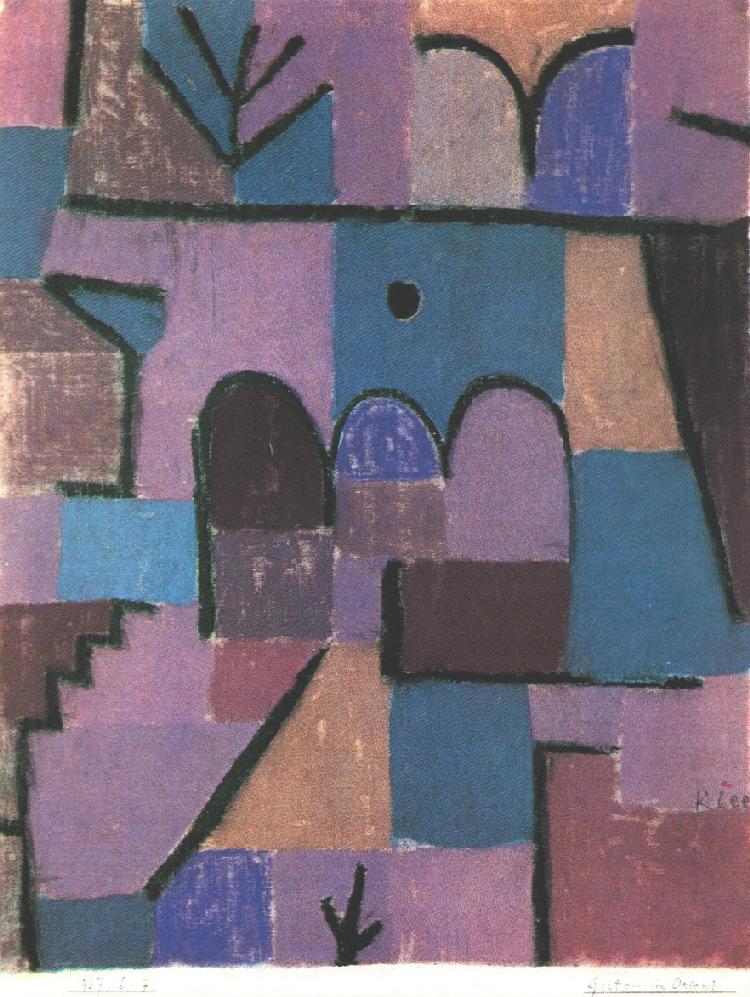|

A Swiss-born painter and graphic artist whose personal, often gently humorous works are
replete with allusions to dreams, music, and poetry, Paul Klee, b. Dec.
18, 1879, d. June 29, 1940, is difficult to classify.
Primitive art, surrealism, cubism, and children's art all seem blended into his small-scale,
delicate paintings, watercolors, and drawings. Klee grew up in a musical
family and was himself a violinist. After much hesitation he chose to study art, not music,
and he attended the Munich Academy in 1900. There his teacher was the
popular symbolist and society painter Franz von STUCK. Klee later toured Italy (1901-02),
responding enthusiastically to Early Christian and Byzantine art.
Klee's early works are mostly etchings and pen-and-ink drawings. These combine satirical,
grotesque, and surreal elements and reveal the influence of Francisco de
Goya and James Ensor, both of whom Klee admired. Two of his best-known etchings, dating from
1903, are Virgin in a Tree and Two Men Meet, Each
Believing the Other to Be of Higher Rank. Such peculiar, evocative titles are characteristic
of Klee and give his works an added dimension of meaning.
After his marriage in 1906 to the pianist Lili Stumpf, Klee settled in Munich, then an
important center for avant-garde art. That same year he exhibited his etchings for
the first time. His friendship with the painters Wassily Kandinsky and August Macke prompted
him to join Der Blaue Reiter (The Blue Rider), an expressionist group
that contributed much to the development of abstract art.
Click on individual images for full view.
|








